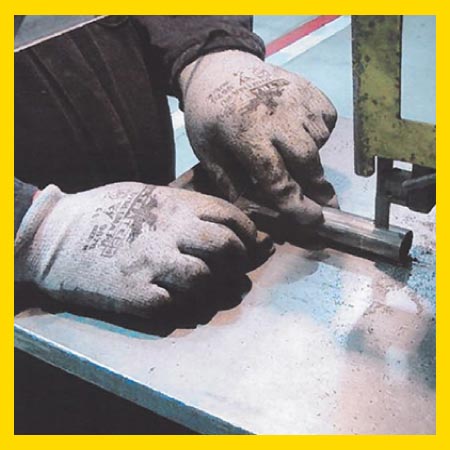Currency
December 13, 2020

Kata is a methodology that empowers team members to solve problems themselves.
In EHS, the state and federal regulations must be met. The question is what tools/methodology are you using to create a culture that is effective and efficient? A safety culture can provide great value—injury prevention, minimized risk and fatalities, a culture of care and team engagement, not to mention a reduction in costs and fines. The key is to focus on the process or system which may not be fully understood due to the varying situations of the specific process, machine, or task.
One team-based methodology that I have had positive results with while solving problems is Mike Rother’s Improvement Kata. The Improvement and Coaching Kata has been proven to be an amazingly effective systematic and scientific methodology. The four steps, according to Rother, are:

1. Understand the direction.
2. Grasp the current condition.
3. Establish the next target condition.
4. Iterate toward the target condition.
The 4-step methodology begins with understanding the challenge or vision, and asking the questions, “Where are we? Where are we going, and what do we what to aspire to be?”
Here is an example, so we can all follow along. The first part of the Kata process is to understand your direction or vision. In safety, the company may have a safety vision statement, or it may be part of the company policy safety statement. Here’s an example:
• Home and workplace accidents are preventable.
• We will lower our injury rate by 20% each year, in 2020 our recordable injury rate goal is 2.7 or less.
• We will be OSHA compliant.
• Every employee’s job has safety improvement work as part of their job responsibility.
Remember that step one provides the direction to strive for, as you will see as we work through this safety-focused Improvement Kata.
Observe the process with a cross-functional team, to be sure that one of the members of the team is familiar with the operation or process and how it is currently operating. Refrain from making judgments and ask questions about the process. The goal is to just observe and understand how the current process works. Again, do not go into problem-solving mode as this is not the time for solutions yet.
As a ten-plus year veteran of the Kata process I have learned insightful details about the people and processes just by actively observing the activities and actions of the team members that are involved in the Kata process.
Yes, starting with a picture is critical to communicate the current condition as a picture says a thousand words. Depending on your risk tolerance, you can see what will potentially happen before it occurs.
In EHS, the state and federal regulations must be met. The question is what tools/methodology are you using to create a culture that is effective and efficient? A safety culture can provide great value—injury prevention, minimized risk and fatalities, a culture of care and team engagement, not to mention a reduction in costs and fines. The key is to focus on the process or system which may not be fully understood due to the varying situations of the specific process, machine, or task.
One team-based methodology that I have had positive results with while solving problems is Mike Rother’s Improvement Kata. The Improvement and Coaching Kata has been proven to be an amazingly effective systematic and scientific methodology. The four steps, according to Rother, are:

1. Understand the direction.
2. Grasp the current condition.
3. Establish the next target condition.
4. Iterate toward the target condition.
The 4-step methodology begins with understanding the challenge or vision, and asking the questions, “Where are we? Where are we going, and what do we what to aspire to be?”
Here is an example, so we can all follow along. The first part of the Kata process is to understand your direction or vision. In safety, the company may have a safety vision statement, or it may be part of the company policy safety statement. Here’s an example:
• Home and workplace accidents are preventable.
• We will lower our injury rate by 20% each year, in 2020 our recordable injury rate goal is 2.7 or less.
• We will be OSHA compliant.
• Every employee’s job has safety improvement work as part of their job responsibility.
Remember that step one provides the direction to strive for, as you will see as we work through this safety-focused Improvement Kata.
Understanding the Current Condition
Observe the process with a cross-functional team, to be sure that one of the members of the team is familiar with the operation or process and how it is currently operating. Refrain from making judgments and ask questions about the process. The goal is to just observe and understand how the current process works. Again, do not go into problem-solving mode as this is not the time for solutions yet.
As a ten-plus year veteran of the Kata process I have learned insightful details about the people and processes just by actively observing the activities and actions of the team members that are involved in the Kata process.
Yes, starting with a picture is critical to communicate the current condition as a picture says a thousand words. Depending on your risk tolerance, you can see what will potentially happen before it occurs.









